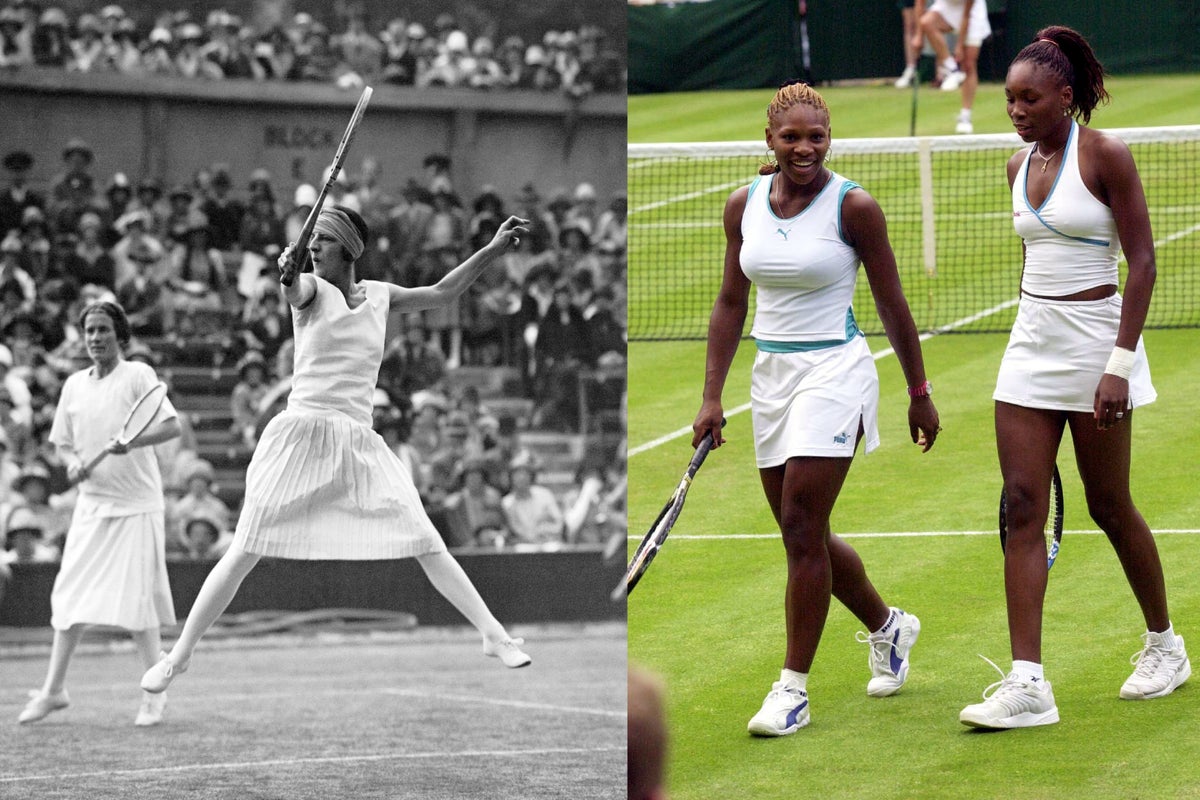Introduction to Wimbledon Fashion
When the Wimbledon championships return, the legendary tournament brings more than just tennis. The British Grand Slam style has been served since 1877, and sport has been accompanied by its strict, purely white clothing regulations.
A Century of Fashion on Wimbledon Courts
Here is a review of the 100-year fashion of Wimbledon Courts, from tailor-made pants to high-tech kits.
Twenties
The twenties marked the beginning of modern sportswear. Suzanne Lenglen, a French child prodigy and six-time Wimbledon singles champion, revolutionized how women played the game and how they dressed. Her characteristic look included a knee-length pleated skirt, sleeveless blouse, and a bandeau headband to hold back her bound hair. On the men’s side, René Lacoste, also French and a multiple Grand Slam champion, was equally influential. He introduced a short-sleeved Piqué cotton shirt with a soft collar that could be turned up to shield the neck from the sun.
Thirties
In the thirties, Wimbledon Court’s fashion turned towards sleeker, more functional clothing, with style becoming an extension of sporting performance. Fred Perry, one of the greatest tennis masters Great Britain has produced, was a tennis legend and style icon. During his run of three consecutive Wimbledon titles from 1934 to 1936, Perry moved away from the heavy, layered looks of the past decades and preferred lighter polos and clean pants.
Fifties
This was an era that defined the modernization of post-war tennis style. For men, athletes exchanged tailor-made pants for short shorts, which allowed for better movement and reflected a broader cultural shift towards informal court attire. Women’s fashion on the court also evolved, with hemlines shortened and skirts exchanged for more practical clothes. Cinched waists and pleated skirts maintained elegance while allowing mobility.
Sixties
While the all-white dress code remained firm, the silhouettes of the 1960s began to modernize and move away from the ultra-feminine forms of the 1950s. Hemlines for women rose higher, cuts became more streamlined, and materials like synthetic blends replaced more severe natural substances, allowing for better movement and comfort on the court.
Seventies
The 1970s reflected the social and cultural changes of the era, with freer silhouettes and bold statements in style beginning to appear on Wimbledon courts. The American player Billie Jean King played a crucial role in this development, both on and off the court. King’s looks balanced function with a quiet defiance, still bound by the all-white dress code but opting for tennis dresses that were more rationalized with subtle stylish touches.
Eighties
In the 1980s, tennis clothing became more performance-oriented, and while the all-white dress code remained, players began to integrate color. In 1980, Sue Barker’s look embodied the crossover of the late 1970s with classic white tennis dresses featuring ruffles, polos, and pops of pink. Her outfits were clean and conventionally preppy.
Nineties
In the nineties, Steffi Graf continued to work towards a classic retro aesthetic, with her 1993 victory showcasing the maximum eighties influence in her white Adidas kit. The nineties also saw the arrival of the Williams Sisters. In 1999, Venus Williams’ Wimbledon whites brought an apologetic flair, injecting individuality and cultural identity into the historically strict aesthetics of the sport.
2000s
In the 2000s, the American sisters Venus and Serena Williams transformed the sartorial landscape of tennis. Venus continued to push boundaries with unexpected design details and asymmetrical cuts. Her outfits, often designed in collaboration with major sportswear brands and later under her own label Eleven, balanced creativity with high performance.
2020s
In the late 2010s and early 2020s, Wimbledon fashion turned towards "calm luxury," where clean lines and reserved elegance defined the appearance of the modern tennis elite. Emerging stars like the British Emma Raducanu and America’s Coco Gauff brought new interpretations of classic tennis clothing. Raducanu stepped onto the court in a slim, tailored Nike dress with a gently structured skirt and subtle cutouts. In front of the court, Raducanu has become an integral part of the fashion world, signing major campaigns and regularly wearing high-end jewelry on the court. Coco Gauff continued her partnership with New Balance, wearing the brand at Wimbledon and known for committed individuality, often mixing sportswear with street style. Together, Raducanu and Gauff represent the tennis fashion of the generation, proving that Wimbledon is just as much about style as it is about the sport itself.

